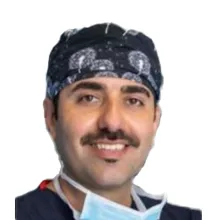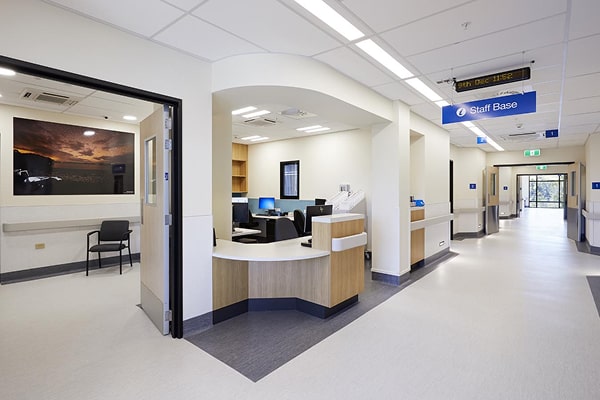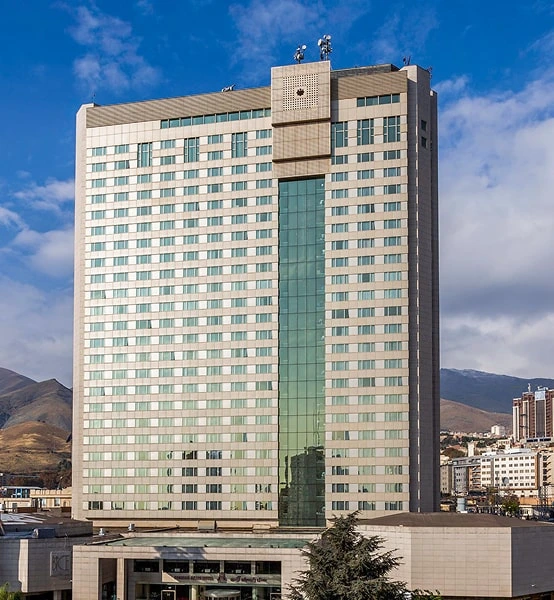Arthroscopic Knee Debridement: A Specialized and Advanced Procedure for Restoring Knee Function
Arthroscopic Knee Debridement is a cutting-edge, minimally invasive surgical technique used to treat a variety of knee joint disorders. This procedure is particularly effective for patients suffering from chronic knee pain, cartilage damage, osteoarthritis, and other intra-articular issues. During arthroscopy, the surgeon accesses the knee joint using a small camera called an arthroscope along with precision instruments to remove damaged cartilage, inflamed tissue, and other pathological lesions. This method is known for minimizing trauma to healthy tissue while maximizing therapeutic outcomes.
What Happens During Arthroscopic Debridement?
The procedure involves creating small incisions around the knee joint through which the arthroscope and surgical instruments are inserted. The arthroscope transmits real-time video of the joint’s interior to a monitor, enabling the surgeon to accurately identify and treat cartilage injuries and damaged tissue. Using specialized tools, abnormal tissue is excised and the joint is restored to a healthier state.
Key Benefits of Arthroscopic Knee Debridement
Thanks to its minimally invasive nature and clinical effectiveness, arthroscopic knee debridement is a highly preferred option for many patients:
- Minimally Invasive with Small Incisions
Unlike open surgery, this procedure requires only tiny incisions, significantly reducing the risk of infection, bleeding, and postoperative pain. This contributes to a smoother and quicker recovery.
- Short Recovery Time
Patients are often discharged on the same day as the surgery. Most can begin walking within a day or two, and resume daily activities within a few weeks — much faster than traditional open surgeries.
- Reduced Knee Pain and Inflammation
The removal of inflamed tissues and cartilage debris significantly decreases joint pain and swelling. Many patients report marked improvement in knee comfort shortly after surgery.
- Improved Range of Motion and Functionality
By clearing damaged tissue from the joint, patients often regain mobility more quickly, allowing them to walk, exercise, and resume daily activities with greater ease.
- Long-Lasting and Effective Outcomes
Arthroscopic debridement provides reliable relief for cartilage lesions, minor injuries, and chronic inflammation, often leading to lasting improvements in joint function and quality of life.
Step-by-Step Overview of the Procedure
- Initial Consultation and Evaluation
Before surgery, a specialist will review the patient’s medical history, conduct a physical exam, and analyze imaging studies such as X-rays or MRIs to evaluate the knee joint and develop a customized treatment plan.
- Preoperative Preparation
The patient is prepared for surgery, typically under general anesthesia or regional nerve block, depending on their health and physician recommendations. Pre-surgery instructions may include stopping certain medications like blood thinners.
- The Surgical Procedure
During surgery, the surgeon uses the arthroscope to visualize and remove damaged or inflamed tissue inside the knee. This may include debriding loose cartilage, smoothing damaged surfaces, or removing dead tissue.
- Postoperative Care
Following surgery, patients are monitored for a short period in the hospital. Painkillers and anti-inflammatory medications are prescribed. Cold therapy and rest are often recommended to control swelling and protect the joint.
- Rehabilitation and Return to Activity
Postoperative physiotherapy plays a crucial role in restoring the knee’s full range of motion. A tailored rehabilitation program helps prevent future injuries and promotes a swift return to everyday activities. Most patients resume normal function within a few weeks.
Why Choose Arthroscopic Debridement?
Arthroscopic knee debridement is a safe, efficient, and modern solution for treating cartilage damage, inflammation, and chronic joint pain. Thanks to its low-risk profile, fast recovery, and proven effectiveness, it is considered one of the best treatment options for knee conditions today.
Iran has become a sought-after destination for this procedure, offering highly skilled surgeons and state-of-the-art medical facilities. cckaam, a leader in medical tourism services, ensures a seamless and comfortable treatment journey — from initial consultation to post-surgical care. With cckaam, patients receive personalized support every step of the way, making their healthcare experience both effective and stress-free.



















